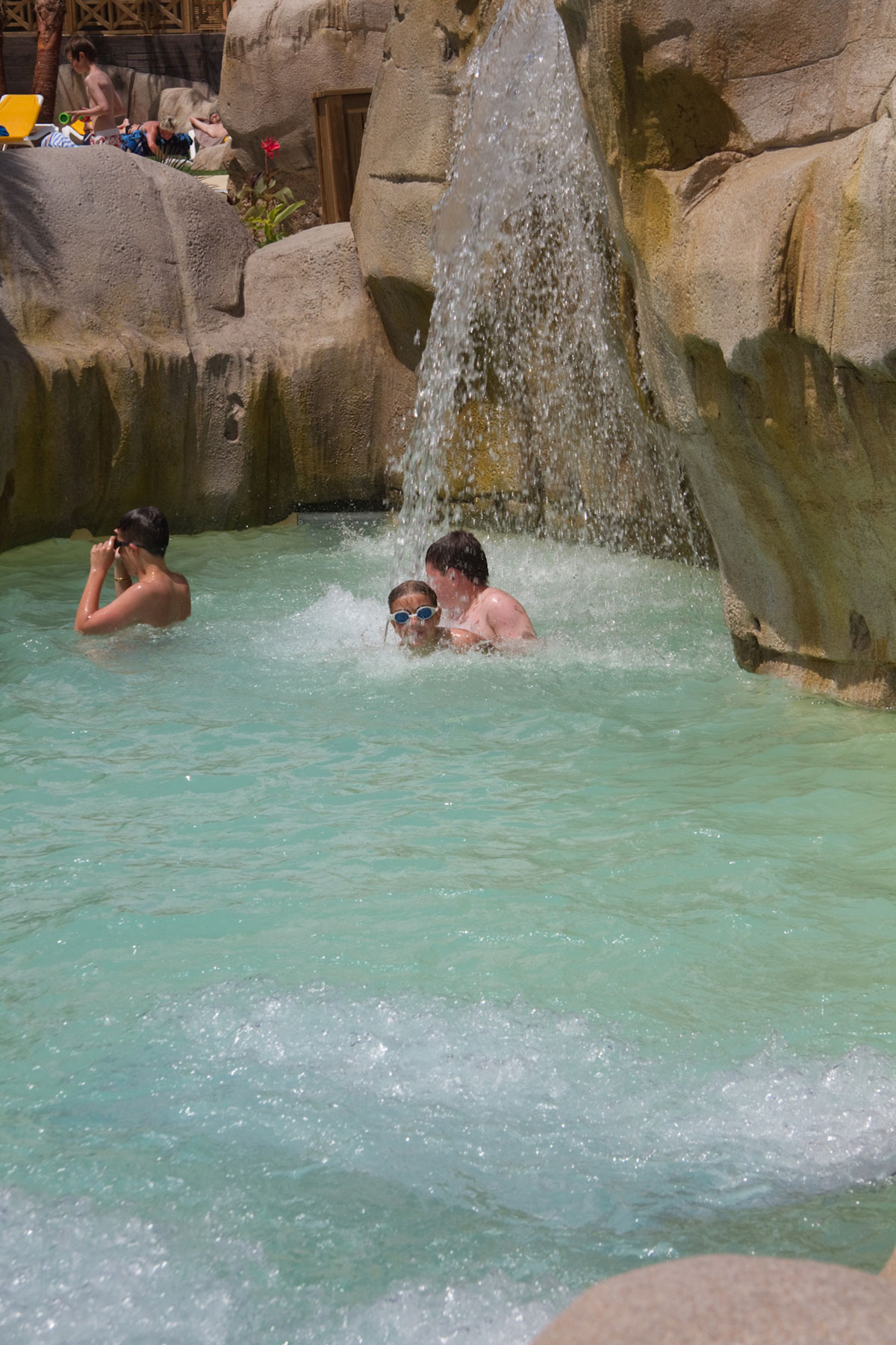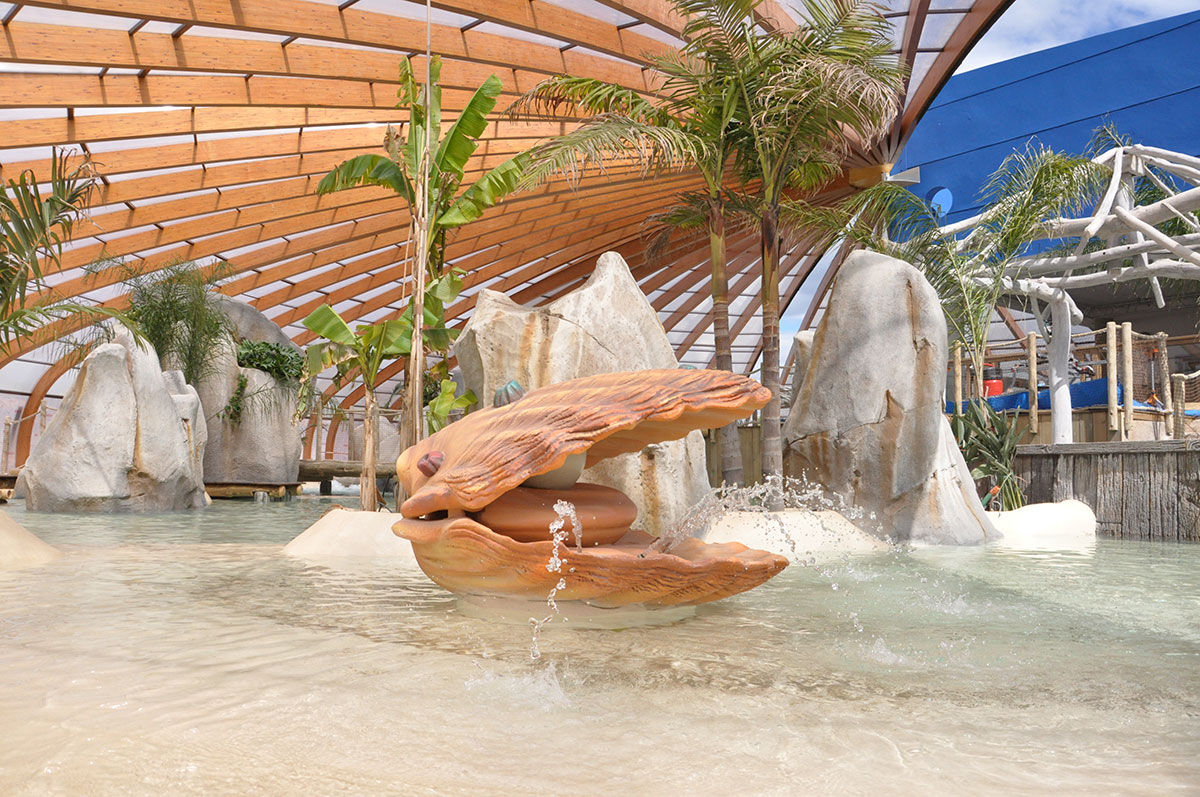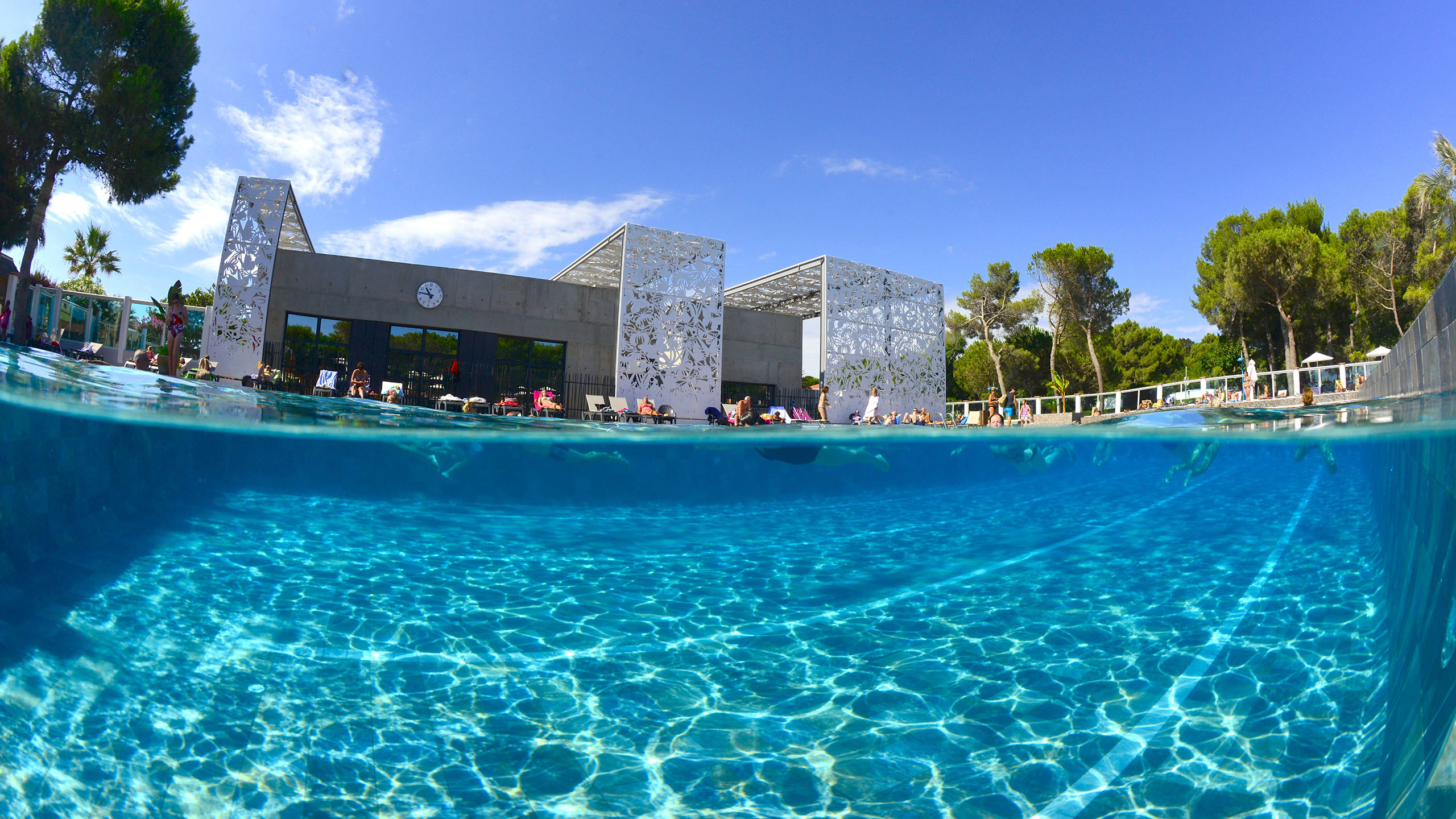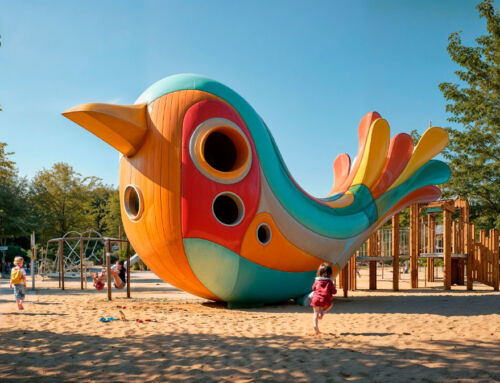“Water is the vehicle of nature”, wrote Leonardo da Vinci in one of the manuscripts he dedicated to the observation of natural phenomena. Judging by the importance that, as the quote attests, the Renaissance scholar attached to the liquid element, it is not surprising that he deserved the nickname of “master of water” at one point in his life. This is how he is referred to in the records of the government of the Republic of Florence, his homeland. Indeed, the scholar showed a constant interest in the study of the ebb and flow of the tides, the origin of rivers and oceans, the water cycle, erosion, floods, rain and storms, and, in general, the natural behaviour of water.
In his codices we find quotations such as, for example, the one that refers to the description of the waves in the water: “The wave flees the place of its creation and the water does not move from its place, like the waves that the wind produces in May on the wheat fields, when they are seen running through them, but the wheat fields do not change their place”. And also other more general ones, such as the following recommendation: “Remember, when you refer to water, to plead first experience and then reason”. It was precisely he who observed, through experience, that a certain movement of the bubbles when rising in the water did not conform to what reason could claim. So he discovered the mystery that came to be known as “Leonardo’s paradox“.
Indeed, the Florentine scholar observed that some bubbles rose through the sheet of water in a straight trajectory, while others, for no apparent reason, travelled along periodic zigzag or spiral trajectories. The explanation for this phenomenon eluded the efforts of science for the past 500 years, until, at last, a team formed by the University of Seville professor Miguel Ángel Herrada and another from the University of Bristol, Jens Eggers, have managed to “claim” a reason for this to be the case.

The results of the two professors’ study were published in the US journal Proceedings of the National Academy of Sciences on Tuesday 17th January. They solve the enigma by means of “high-precision measurements of the unsteady motion of the bubbles” and “numerical simulations of the highly complex hydrodynamic equations” (i.e. the so-called Navier-Stokes equations, which describe, in non-linear partial derivatives, the motion of a viscous fluid). Finally, Herrada and Eggers concluded, five centuries after the great Renaissance scholar observed the strange behaviour, that bubbles “deviate from the straight trajectory in water if their spherical radius exceeds 0.926 millimetres“.
Ultimately, as Herrada explains, he and Professor Egger propose “a mechanism for the instability of the bubble trajectory in which a periodic tilt (…) changes the curvature [of its surface], which affects the upward velocity and causes a wobble (…), tilting upwards the side of the bubble whose curvature has grown. Then, as the fluid moves faster and the pressure drops around the high-curvature surface, the pressure imbalance returns the bubble to its original position, restarting the periodic cycle“. So, Leonardo da Vinci can rest in peace.
You can find the publication of Herrada and Egger’s work via the following link: STUDY.
Sources: Vice, Biotech Magazine and News, Fundación Aquae, Crítica de Libros.







